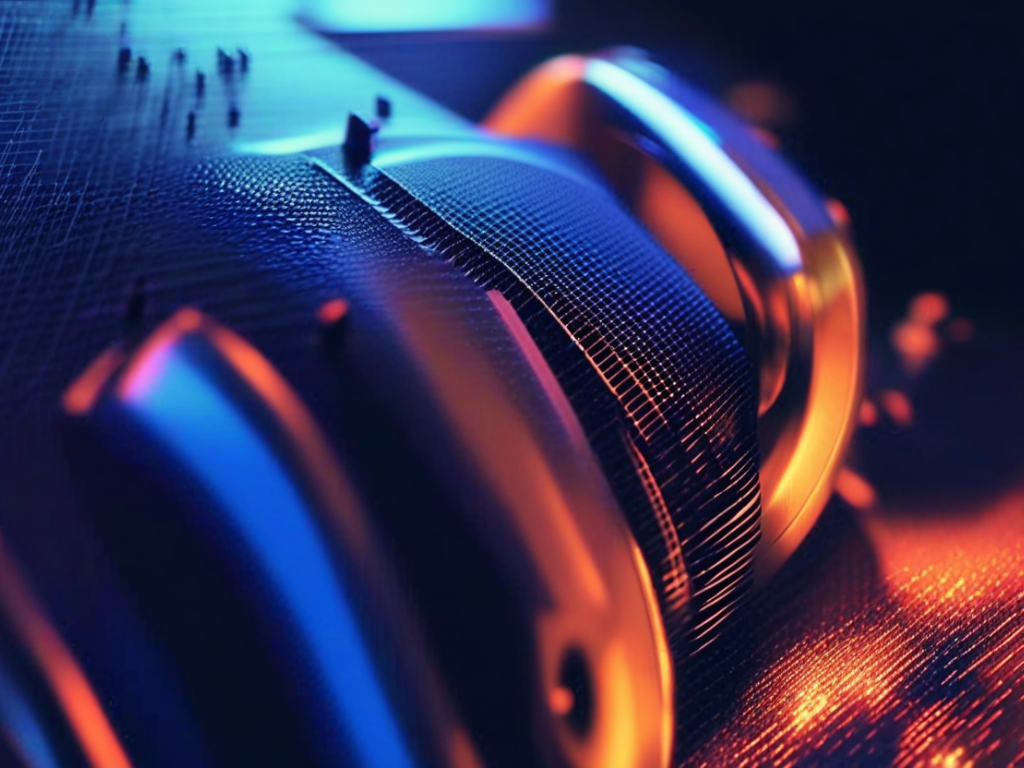In the world of audio enthusiasts, the quest for the ultimate listening experience often revolves around choosing the right audio format. With the rise of high-resolution audio, music lovers are presented with a variety of options, each promising unparalleled sound quality. Among the most popular formats, FLAC, WAV, and DSD stand out for their distinct characteristics and benefits. Let’s dive into the realm of high-res audio formats and explore the differences between FLAC, WAV, and DSD to help you make an informed choice for your listening pleasure.
In this article you will find:
- FLAC (Free Lossless Audio Codec)
- WAV (Waveform Audio File Format)
- DSD (Direct Stream Digital)
- Comparing the Formats
- Which Format Should You Choose?
FLAC (Free Lossless Audio Codec)
FLAC is a widely used audio format known for its lossless compression, which preserves the original audio quality without sacrificing file size. It offers high-resolution audio playback with bit-perfect accuracy, making it a favorite among audiophiles seeking fidelity in their music collection. FLAC files are typically around half the size of WAV files, making them more manageable for storage and playback.
WAV (Waveform Audio File Format)
As one of the earliest digital audio formats, WAV is revered for its uncompressed nature, ensuring a true representation of the original sound. WAV files are known for their high audio quality and compatibility with a wide range of audio players and devices. While WAV files consume more storage space compared to compressed formats like FLAC, they remain a popular choice for purists who prioritize audio fidelity above all.

DSD (Direct Stream Digital)
DSD represents the pinnacle of high-resolution audio, offering an ultra-high sampling rate that captures every nuance of the original recording. Unlike PCM formats like FLAC and WAV, DSD uses a different encoding method that some audiophiles believe results in a more natural, analog-like sound. DSD files can be quite large due to their high sampling rate, but they are revered for their ability to deliver an immersive listening experience that replicates the artist’s intention with precision.
Comparing the Formats
When it comes to choosing between FLAC, WAV, and DSD, there are several factors to consider. FLAC strikes a balance between audio quality and file size, making it a versatile choice for audiophiles with limited storage space. WAV, on the other hand, offers uncompromising audio fidelity at the cost of larger file sizes. DSD, with its unique encoding and high sampling rate, caters to discerning listeners who demand the utmost precision in audio reproduction.
Which Format Should You Choose?
The choice between FLAC, WAV, and DSD ultimately depends on your priorities as a listener. If you value a good balance between quality and file size, FLAC may be the ideal choice for your high-resolution audio collection. For those who prioritize utmost fidelity and compatibility, WAV serves as a reliable option. And if you crave a truly immersive, lifelike listening experience that pushes the boundaries of digital audio, DSD could be your format of choice.
Whichever format you decide to embrace, the world of high-resolution audio awaits with its promise of sonic bliss and musical euphoria. So, embark on your audio journey armed with the knowledge of FLAC, WAV, and DSD, and let the music transport you to a realm where every note, every beat, and every breath of the artist comes alive in exquisite detail.

